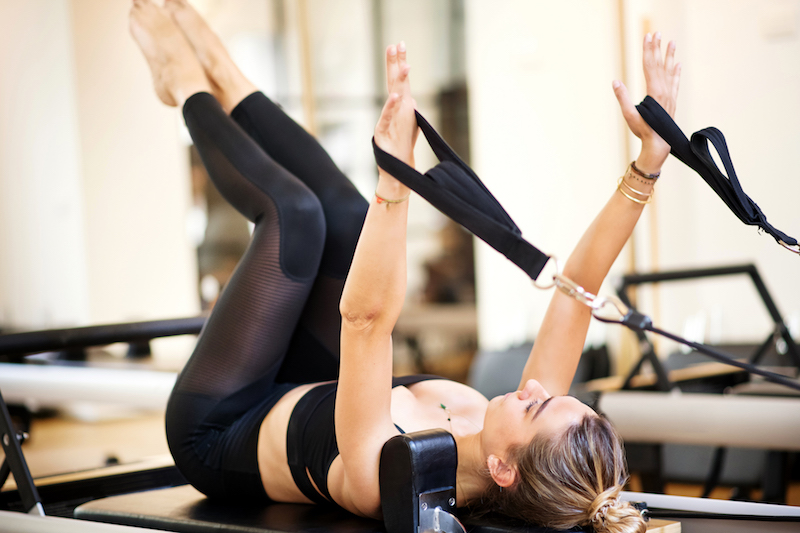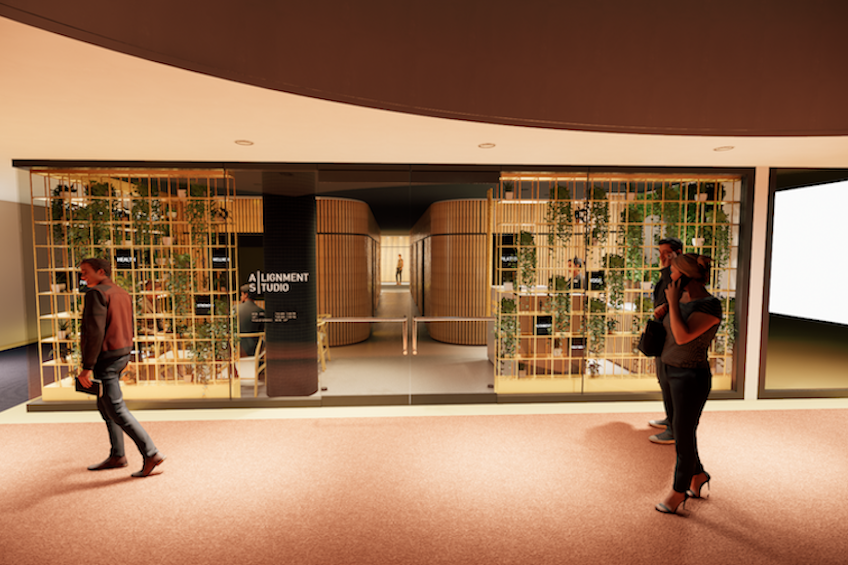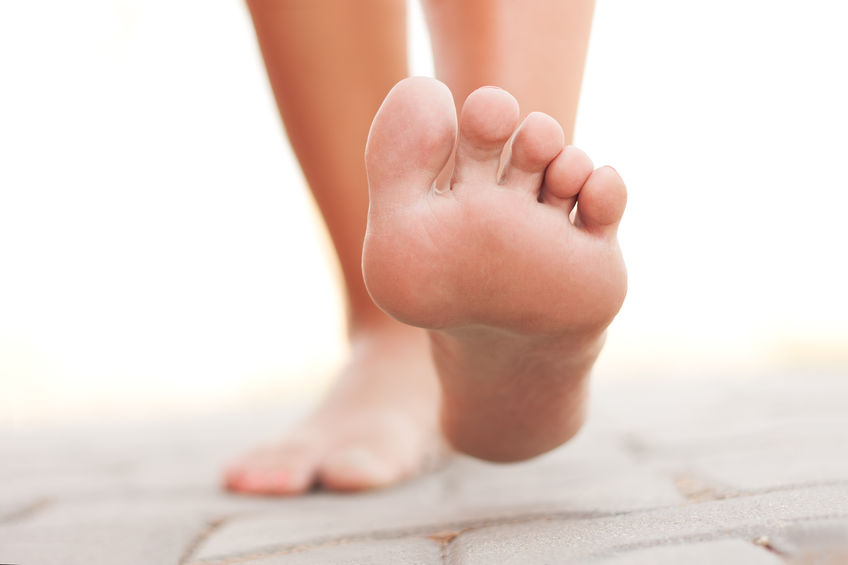Search Blog
Your Blog Roll
Signup to get the latest News & Resources
Connect with us

With Spring Racing just gone and Christmas approaching, high heel season is in full swing in Melbourne. Which unfortunately means we’ll be seeing an influx of women hobbling through the doors of our CBD physio clinic with foot pain.
The inconvenient truth is, wearing high heels regularly (3+ times per week) is one of the biggest causes of foot and ankle pain in women. Up to a third of women will even suffer permanent problems due to their enduring love for vertiginous footwear.
While it’s important to be aware of the risks involved with wearing high heels, the Collins Place Physio team aren’t total party poopers! We appreciate the close relationship between a girl and her heels, which is why we’ve put together this cheat sheet to minimise foot pain for high heel wearers.
If you have any concerns about how your footwear is affecting your feet and ankles, don’t hesitate to call and talk to one of the Collins Place Physio crew. We’d never make you to wear flats 24/7, but we’ll happily discuss how you can minimise the impact of your high heel habit!

You know what they say….Mums are always right!
Remember all those times as a kid when Mum would yell at us to ‘Sit up Straight!’ while we were watching TV. Or the times she snuck up behind us, pulled our shoulders back and pressed her hand into the small of our back to correct our posture?
Yep, she was right about that too!
Posture is the foundation for every movement your body makes and can determine how well your body adapts to the stresses placed upon it. More specifically (Putting on my Physio hat here) it is the position in which you hold your body upright against gravity while standing, sitting or lying down.
If you want an example of good posture, just look at a young child – their back shows a graceful ‘S’ curve and their movements are easy and effortless. As we get older, bad habits such as slouching and inactivity cause muscle fatigue and tension that ultimately leads to poor posture and aches and pains in our body.
Imagine your head being pulled straight up by a string, keeping your shoulders relaxed and your chin tucked in. If your posture is correct, your ears, shoulders, hips, knees and ankles should be aligned in a straight line.
Here’s a tip: Stand with your back against a wall, keeping the back of your head, shoulders, and heels touching the wall. Now step away from the wall while maintaining this position – that’s good posture.
Imagine holding a 5Kg bowling ball in front of you with your arms at full stretch, as opposed to carrying the ball close to your body. Which one is harder to do? Of course holding the ball at arms length is not only harder, but will also cause more strain on your arms.
This is essentially what happens when, as CBD office workers, you spend most of your day sitting at your desk with poor posture.
As you focus on the activity in front of you, you tend to protrude your head and neck forward, which causes your shoulders and back to round forward as well. When this occurs, the weight of the head and upper body is no longer balanced over the rest of your body but instead must be supported by increased workload of your neck and back muscles.
Over time, this causes fatigue and strain on your muscles, ligaments and joints resulting in neck and back pain, which is experienced by a large proportion of people who have desk jobs.
Here at Collins Place Physio we offer a computerised postural analysis/posture screen as part of our services. With this cutting edge system we can determine which areas of your body are under more strain than others and which muscle groups, joints and ligaments are under most strain. Based on the analysis, our Physios will be able to design a treatment and exercise plan that can best assist you in improving your posture and reduce your pain.
If you would be interested to learn more about improving your posture please call to talk to one of our highly trained Physios about our postural analysis system and how it can help you.

Dry needling is a skilled treatment technique that uses a thin filiform needle to stimulate underlying myofascial trigger points, muscular, and connective tissues for the management of musculoskeletal pain and movement impairments.
Dry Needling works by a complex series of neurological events:
Dry Needling can be used to treat a wide variety of musculoskeletal conditions including:
With active trigger points you may get a ‘twitch’ response followed by a deep dull ache that eases within 2-3 minutes. You may have a dull ache around the area being needled for 24-48 hrs as the muscle goes through the stages of healing. You should feel an immediate change in your symptoms, i.e. decreased muscle tone, decreased pain and increased joint movement.
Dry Needling is usually only a part of your treatment session as it is most commonly used in conjunction with other ‘hands on’ treatment techniques.
If you have a painful ‘niggle’ that just doesn’t seem to want to go away why not call the clinic and ask one of our experienced physiotherapists about dry needling and how it could be of benefit to you.

Peter Bond, Collins Place Physio’s resident jaw guru, has been treating patients with TMJ/Jaw pain and dysfunction for over 25 years. Peter has undertaken advanced training with some of the world’s leading authorities in TMJ assessment and treatment and is referred patients from many of Melbourne’s leading Oral & Maxillofacial Surgeons, Oral Medicine Specialists and Dentists. He works very closely with these specialists to offer a holistic treatment regimen to his patients.
Peter gave us some insight into this complex area from a perspective of where and how TMJ pain can be felt and his deep understanding of assessment and treatment of the jaw.
The jaw consists of two TMJ joints (left and a right) and when operating well moves a bit like the handle of a bucket. There can be considerable variation in the movement of the TMJ, which can result in significant deviation of jaw motion.
Temporomandibular (TMJ) or jaw injury can:
In assessing TMJ pain there is a need to be thorough, paying particular attention the jaw and neck as well as posture. Symptoms can arise from the joints &/or associated muscles of the neck or TMJ.
Manual treatment and a home exercise programme (which Peter clearly guides his patients through) are both normal parts of TMJ treatment. There may also be a need to change some behaviours such sucking on a straw, playing a musical instrument, resting the hand on the chin and holding a pencil between the teeth.
Don’t hesitate to call the clinic to book an appointment with Peter if you are suffering from jaw pain or dysfunction.

For our recent Master Class in Physiotherapy and Orthopaedics, Collins Place Physio’s resident authority in all things rehabilitation Conor Brennan presented to a group of 30 GP’s on the latest musculoskeletal screening tests that identify people who are at increased risk of injury during physical activity.
Conor is highly trained in utilising the Functional Movement Screen and the Y-Balance tests with his patients to identify individuals who are at risk of injury due to faulty movement patterns and left or right asymmetries.
Research has shown that people who score poorly on one or both of the FMS or Y Balance tests are four times more likely to injure themselves during their sporting endeavours.
From the results of the tests Conor can develop a program of corrective exercises to restore normal movement patterns thereby reducing the risk of injury during sport and exercise and increasing performance.
Please call the clinic on 9650 2220 to discuss the FMS and Y-Balance tests with Conor or schedule an appointment online for a screening.

Our Remedial Massage Therapist Sana Kurban was fortunate enough recently to be invited to attend an advanced course to upgrade her skills in Manual Lymphatic Drainage Massage (MLD).
MLD is a highly specialised massage technique designed to activate and cleanse the lymphatic system. It is a slow, rhythmic and precise treatment performed with light touch and in specific directions, which mimic the natural lymphatic flow.
The main functions of the Lymphatic system include:
Manual Lymphatic Drainage is key to maximising our ability to rejuvenate and establish resistance to stress, disease and infection, all of which negatively impact lymphatic flow.
MLD is very effective in the reduction of post surgical scaring and lymphedema, including following mastectomy, lymphadenectomy and lymph biopsy.
If you’d like to find out more about MLD or other massage techniques Sana utilises please don’t hesitate to call the clinic on 9650 2220.

Whether you’re a Pilates devotee or brand new to the practice, you’ll gain a lot from Pilates classes at The Alignment …

If we’ve seemed distracted the past few months, it’s because we’ve been working on a little something that’s actually kind …

Maintaining healthy, happy feet is extremely important—after all, you’re on them for much of the day! Without foot comfort, your …